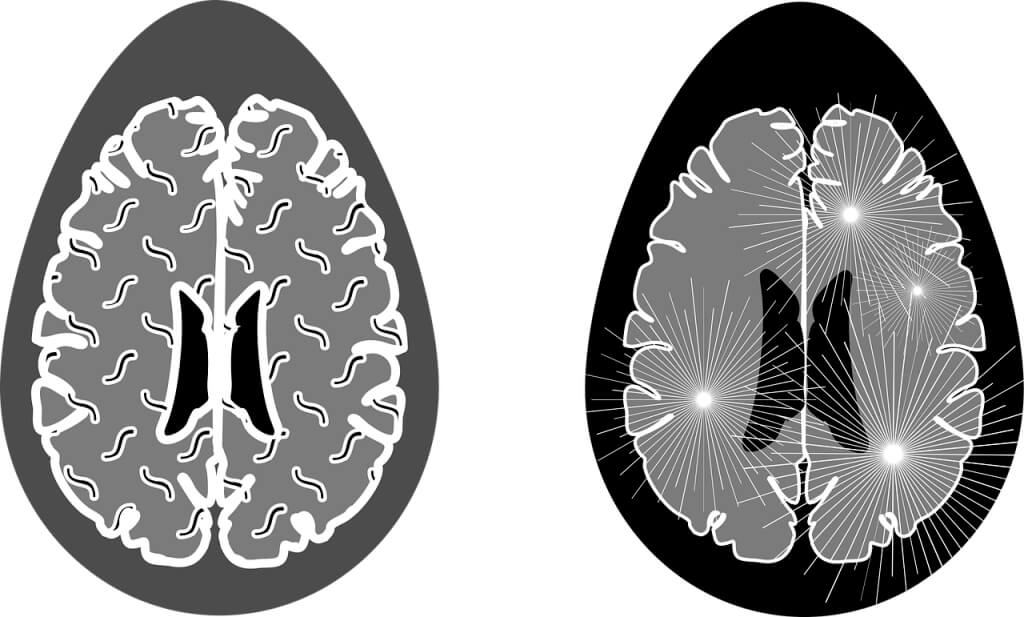
Naegleria Fowleri the brain-eating Amoeba or primary amoebic meningoencephalitis (PAM)
In this post, I will try, as I always do, to give you the parents, reliable and accurate information and mainly to calm you down.
Naegleria Fowleri (Brain-eating amoeba) – let’s get started.
What is amoeba?
Amoeba is an organism that is made up of one cell. There are thousands of different types of amoebae known to humans
What is Naegleria Fowleri?
Naegleria Fowleri is a type of amoeba that can cause an infection in the brain known as naeglerias or Primary Amoebic Meningoencephalitis (PAM in short).
How does one get infected with naegleria (brain-eating amoeba)?
This amoeba is found in the earth and in sweet water, especially in high temperature environments. When water containing amoeba is inhaled into a person’s nose, it goes into the brain through the small holes found in our nose, holes that are meant to transmit smelling to the brain. When it penetrates brain tissue it simply causes destruction of that tissue. The contaminated water can be found mostly in natural warm water reservoirs, from lakes to puddles. However, there have been descriptions of infections in urban water sources, as well, including tap water and swimming pools that haven’t been properly chlorinated.
Most of the cases have been seen in children and young people.
Can one get infected with naegleria by drinking contaminated water?
No.
Can the disease be transmitted from one person to the other?
No.
How long is the incubation period of an amoeba (naegleria) infection?
Usually between 3-7 days. It can range up to 2 weeks.
How many cases of infection have been reported in the world?
It is a very rare infection.
There have been approximately 400 cases reported in the world. There are about 10 cases a year in the United States of America.
What are the signs and symptoms of the disease?
The signs that raise suspicion for meningoencephalitis include fever, headache, vomiting, blurry vision and neck rigidity. Sometimes there can be taste or smell symptoms. When the symptoms begin, they increase in intensity and worsen very quickly to states of confusion, behavioural changes, altered states of consciousness and seizures.
So, if someone has had similar symptoms but was able to improve spontaneously, then they probably didn’t have this infection.
What are some of possible causes for such infections to suddenly be reported in specific areas?
There can be several causes:
1. Hot weather (climate changes) can cause amoeba to thrive
2. Quick diagnosis – the diagnosis is not simple and requires awareness. Sometimes, when one case is reported in one area of a country, it raises awareness when similar cases present with similar symptoms, following exposure to water sources.
3. Common infectious sources – when several people are exposed to the same source of water and one case is reported, the source of water is tested for amoeba.
How can this disease be diagnosed?
With the help of a combination of history of characteristic exposure, characteristic clinical signs and findings in lumbar punctures.
How is this infection treated?
First of all, it is important to detect and treat it as soon as possible, because even then the success rates are low.
The treatment consists of several antibiotic and antifungal therapies as well as cooling-down of the patient (hypothermia guidelines).
What are the rates of mortality?
Even with adequate treatment, mortality can go up to 97%.
How can we prevent amoeba infections from happening?
First of all, it is important to realize that it is a very rare infection. I mean, lots of people swim and dive into warm reservoirs of water and very rarely do people catch the disease.
However, if we avoid these sources of water, avoid diving into them and avoid having this water get through our nose, then we will certainly not catch this disease.
In addition, avoid any unnecessary nasal and sinus washing using non-sterile water.
In summary, it is very sad when these cases are reported around the world.
I am full of hope that when these cases do occur, health ministries are able to identify the exact source and contain the outbreak so that the number of cases is limited.
For comments and questions, please register
